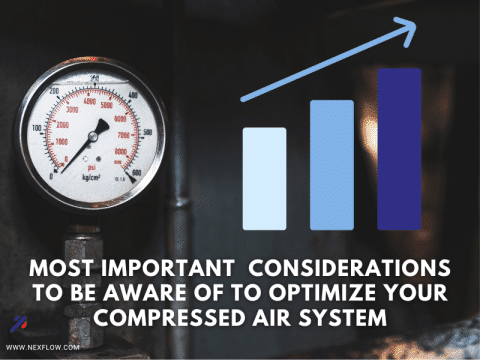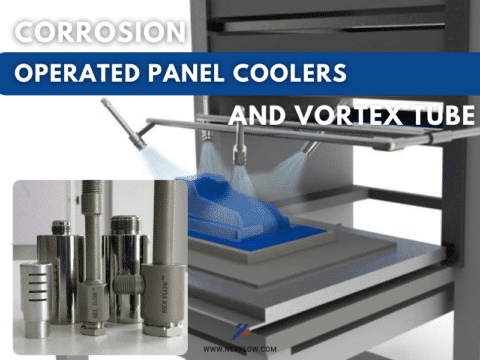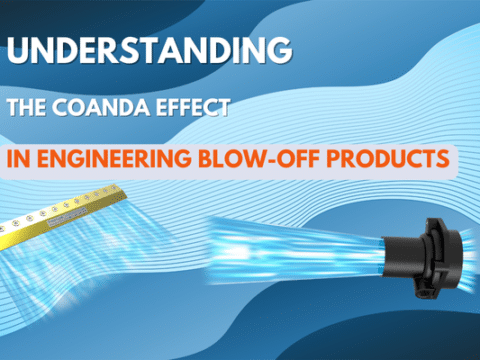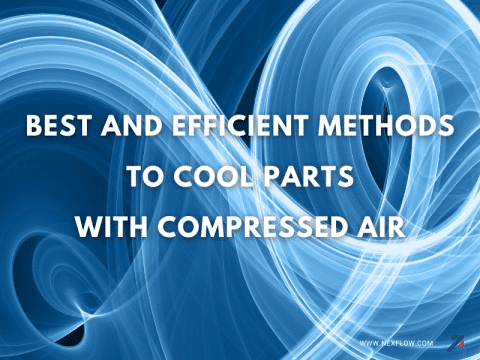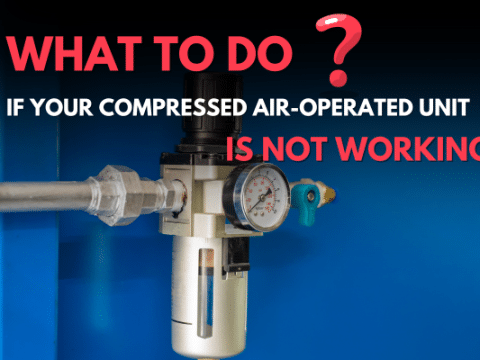
Filters are an important component in any compressed air system.
Clean, dry, and even oil free compressed air and gas is a basic need for many industries. In some applications even a drop of unwanted oil or dirt can cause a malfunction. Oil can cause seals in pneumatic valves and cylinders to swell, resulting in sluggish operation and even seizure of moving parts. Compressed air used for blow-off applications needs to be clean and dry to prevent clogging in air nozzles and other blow-off product effecting production. These filters should be installed near the point of use of the particular compressed air application.
Contaminates in a compressed air system that can impair your process:
Solid particles come from ambient air contaminants like dust and also from rusted and oxidized pipework. These particles cause pneumatic equipment to malfunction, cause instrument and control failures, and contaminate end products especially if used as blow off air. Many pneumatic valves and cylinders contain small orifices that can easily get plugged with contamination.
Condensed water droplets come from the humidity in ambient air and condensation as compressed air cools and drops below the dew point. Water will oxidize the pipework and other pneumatic equipment and can damage the inside of pipes and other pneumatic components. It can ruin paint finishes and end products, again especially if the air is blown onto the products.
Liquid oil and oil vapors are introduced by compressor lubricants and by hydrocarbon vapors present in the ambient air. This is necessary for some pneumatic equipment but can be a problem for others and requires removal. Oil-free compressed air is particularly important in food and pharmaceutical processes. Oil particles should be removed when utilizing compressed air for blow -off.
Pneumatic filters of the traditional membrane type should be sized to handle the flow required. Sizing them two times higher than the rated flow will reduce pressure drop which saves energy and makes the filter elements last longer reducing maintenance. A differential pressure gauge across the filter will allow you to monitor the dirt buildup and change the elements when the pressure differential is high (usually at 10 psig). They should be equipment with automatic drains to remove the contaminants collected. Some membrane type filters are designed to remove dirt and water, and some to remove oil which is dealt with at smaller micron levels.
There is a new type of filter like the Nex Flow Super Separator that does not utilize a filter element. It operates using multi chamber spinning action to remove the contaminants, These systems are gaining acceptance and can filter to 1 micron and remove over 99.9 percent of the contaminants. If micron size is still important then a membrane filter should still be used after the Super Separator but in this case the membrane elements my rarely need to be changed. As with membrane filters, these Super Separators should have an automatic drain. because they do not have a filter element collecting dirt or liquid, there is no buildup of pressure drop over time.
Regardless of which type of filtration is used, it remains important to have filtration at point of use of the compressed air.




